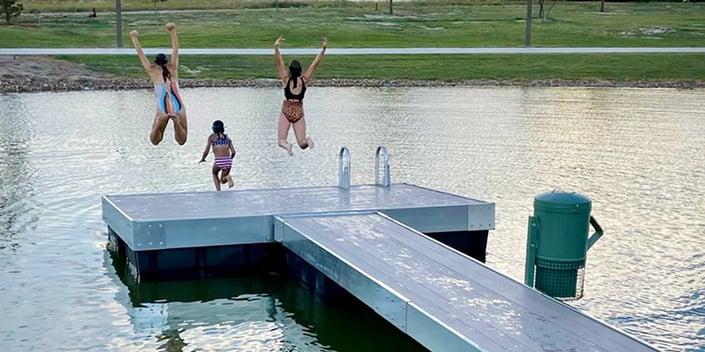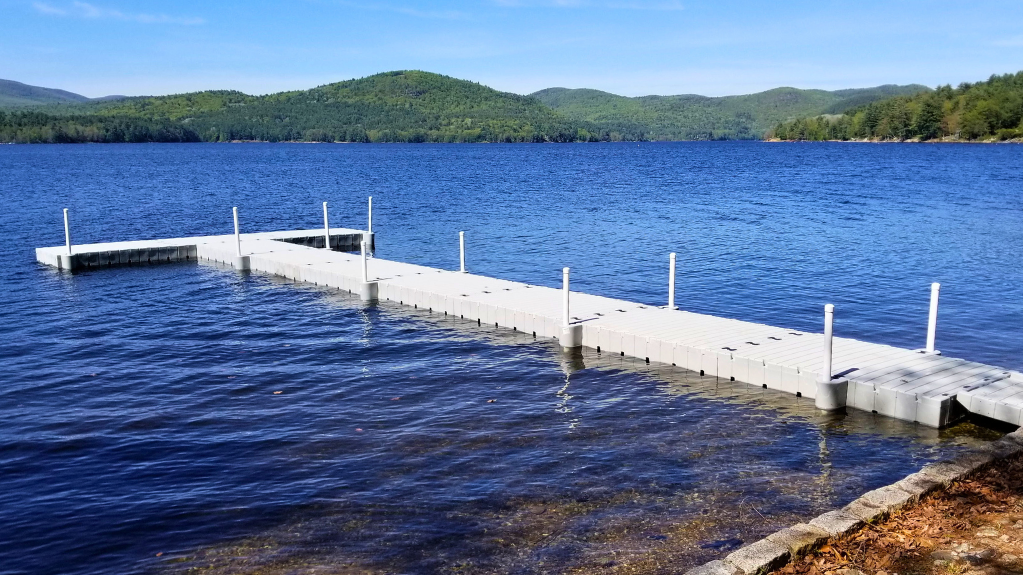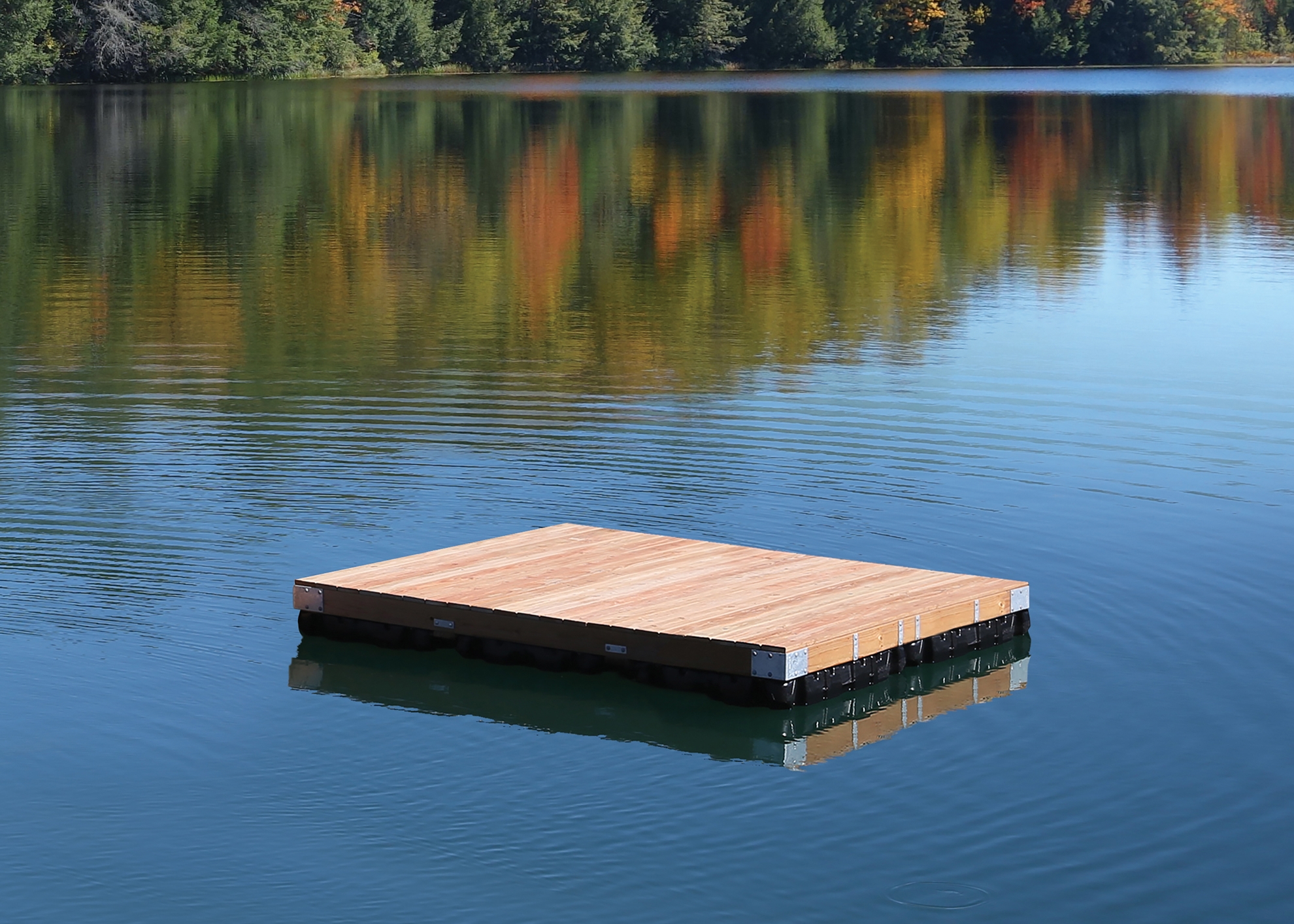Ingenious Floating Docks: The Future of Waterfront Gain Access To and Leisure
Ingenious Floating Docks: The Future of Waterfront Gain Access To and Leisure
Blog Article
Upgrade Your Waterfront With Sturdy Floating Docks
Updating your waterfront with sturdy floating docks can dramatically boost both functionality and aesthetics, offering a versatile service for numerous water tasks. These frameworks are made to adjust to fluctuating water levels, guaranteeing safety and accessibility throughout the seasons. With a range of products available, consisting of low-maintenance options and standard timber, selecting the best dock can enhance your personal style and meet sensible requirements. Recognizing the nuances of setup and maintenance is critical for making sure longevity and performance. When making this investment?, what variables should you think about.
Advantages of Floating Docks
Floating docks offer a wide range of advantages that improve their allure for different maritime applications. Unlike typical fixed docks, floating docks increase and fall with the tide, making sure consistent accessibility for watercrafts and watercraft regardless of ecological conditions.
Additionally, floating docks are simpler to mount and move, offering versatility for seasonal or momentary use. Their modular layout permits customization to fit certain needs, whether for exclusive marinas, domestic watersides, or commercial applications.
In addition, floating docks create minimal disturbance to the aquatic atmosphere, protecting regional ecosystems and lowering the probability of erosion. They also give boosted safety and security for customers, as their resilient nature offers a much more forgiving surface than inflexible structures.
Furthermore, floating docks can help with a varied variety of activities, such as angling, swimming, and recreational boating, making them a useful property for beachfront growth. Their convenience and practicality make floating docks a preferred selection for a range of maritime jobs.
Picking the Right Products
Picking proper materials for floating docks is vital to their durability, performance, and total performance. When choosing products, take into consideration factors such as environmental exposure, maintenance demands, and structural stability. Typical materials include wood, plastic, aluminum, and composite options, each offering distinctive benefits and drawbacks.
Wood, while visually pleasing, requires routine upkeep to avoid rot and degeneration. Pressure-treated timber can improve longevity, however it might still surrender to water damages over time. Plastic drifts, frequently made from high-density polyethylene, are resistant to deterioration and call for marginal maintenance, making them an eye-catching option for low-maintenance applications.
Light weight aluminum is one more feasible alternative, understood for its stamina and light-weight residential properties. It is resistant to corrosion and can endure extreme weather condition problems, although it may be a lot more pricey than other products. Compound materials combine the very best qualities of wood and plastic, using a low-maintenance and resistant option that resembles the look of timber without the connected drawbacks.
Inevitably, the choice of product should align with the meant use, ecological factors to consider, and spending plan constraints, ensuring a resilient and functional floating dock that fulfills your specific needs.
Installation Refine Overview
The effective installation of a floating dock depends on cautious preparation and implementation, making sure that it operates effectively in its desired atmosphere. The primary step includes analyzing website problems, consisting of water deepness, coastline features, and dominating climate patterns, which will educate the dock style and anchoring system.
Adhering to the website assessment, the following stage is to prepare the floating dock elements. This includes constructing the framework, protecting drifts, and attaching any type of required hardware. It is important to make certain that all connections are waterproof and robust to stand up to aquatic conditions.
Once the dock is put together, the installation process commences with positioning the dock in the water. This can involve a crane or other training equipment, especially for larger structures. Proper alignment is crucial for capability and security.

Upkeep Tips for Durability
Routine maintenance is important for ensuring the longevity and optimal efficiency of a floating dock. To attain this, begin with regular evaluations a minimum of twice a year, concentrating on the honesty of the dock's structure, consisting of the flotation tools and connecting equipment. Seek indications of rust, damages, or wear, and resolve any problems promptly to prevent additional deterioration.
Cleaning is one more essential element of maintenance. Remove debris, algae, and barnacles from the dock's surface to avoid unsafe problems and preserve visual charm. Make use of a moderate detergent and a soft brush to avoid harming the dock's materials.
Furthermore, make certain that the dock is effectively anchored and secured to stand up to seasonal modifications in water degrees and climate condition. Inspect the anchoring system for security and make adjustments as required.
Enhancing Your Outdoor Aesthetic
To create a visually attractive outdoor area, incorporating a drifting dock can substantially boost the total visual of your waterfront residential property. Floating docks are not just useful but can additionally offer as a striking focal point that enhances the natural environments - floating dock builder. Available in various products and layouts, these docks can be tailored to match your residential or commercial property's architectural design and landscape
The addition of decorative components, such as integrated lighting or elegant barriers, even more raises the dock's aesthetic charm. Think about using all-natural timber surfaces, which blend seamlessly with the atmosphere, or choosing modern products like light weight aluminum or composite outdoor decking that provide a smooth, modern look.
Strategically putting planters or seating locations on or around the dock can develop inviting areas that motivate leisure and enjoyment of beachfront views. Furthermore, including shades and appearances that integrate with your landscape will develop a cohesive visual throughout your outdoor area.

Verdict

Upgrading your beachfront with sturdy floating docks can dramatically enhance both performance and aesthetic appeals, offering a versatile remedy for various water tasks. Unlike typical set docks, floating docks surge and autumn with the tide, guaranteeing regular access for boats and watercraft no matter of environmental problems.Picking proper products for floating docks is visit the site important to their long life, efficiency, and general effectiveness.As soon as the dock is assembled, the installment procedure starts with placing the dock in the water.In recap, floating docks offer many advantages, including flexibility to water level modifications and a range of material alternatives.
Report this page